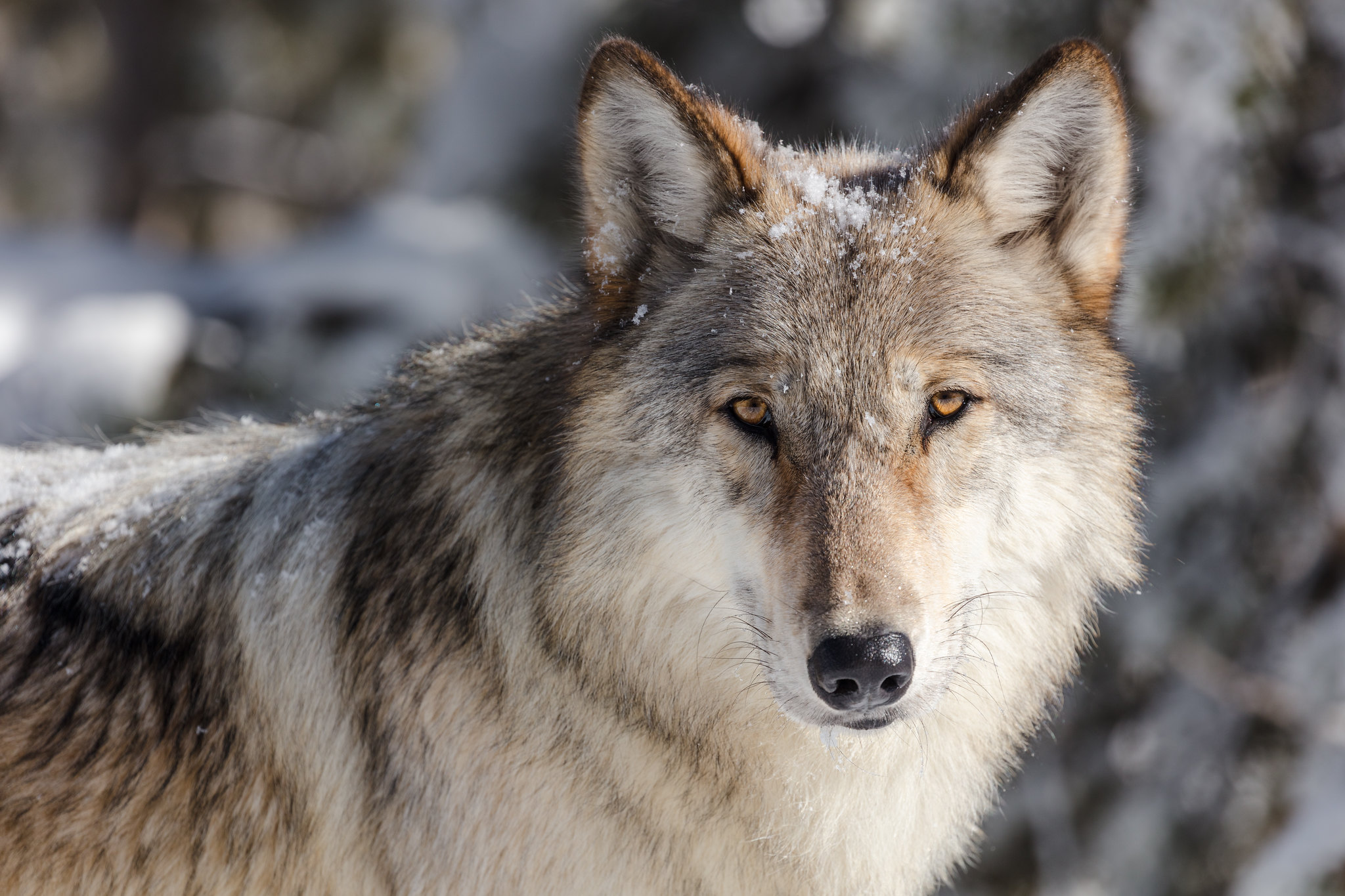
Of wolf and man, and other rewilding success stories
Rewilding initiatives across the world are demonstrating what can be achieved by letting nature take the lead.
Rewilding initiatives across the world are demonstrating what can be achieved by letting nature take the lead.
Even if humanity solved global warming, we’d still have a problem.
For bees, butterflies and other pollinators suffering from habitat loss, even the smallest patch of green can be a vital oasis, helping them to survive and thrive.
Our cities can help protect bees and offer pollinators a safe haven through green infrastructure projects.
This past spring, I noticed that flowers in my front yard were covered in aphids and I immediately bought insecticidal soap to get rid of them. My response to those aphids – get rid of them – has long been our response to all insects. But this decades-long antipathy toward all insects is one reason we’re facing an “insect apocalypse.”
Decades after he first issued them, Edward Abbey’s calls for the defense of America’s wilderness still feel uncomfortably relevant. As much as Abbey's work emphasizes the importance of legal protections against those who would plunder America’s natural lands, however, it also – more importantly – invites us to consider the value system that underlies, excuses and legitimizes this vandalism.
